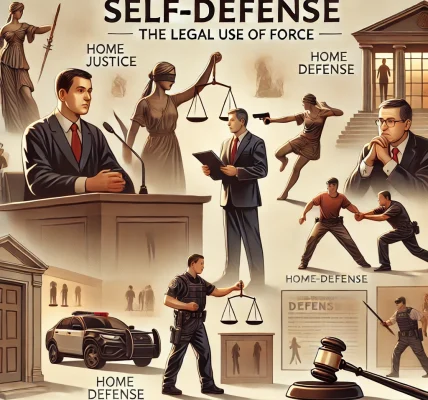Introduction
When a person is arrested, they may have the opportunity to secure their release from custody before trial through bail or bond. While these terms are often used interchangeably, they have distinct meanings in the legal system. Understanding the difference between bail and bond can help individuals navigate the legal process more effectively and make informed decisions.
This guide will break down the definitions, processes, and key differences between bail and bond, helping you understand how they work and what factors influence them.
1. What is Bail?
Bail is a sum of money or property that an accused person pays to the court to secure temporary release from jail while awaiting trial. The purpose of bail is to ensure that the accused returns for future court appearances. If the accused complies with all legal requirements and court appearances, the bail money is refunded at the end of the trial, regardless of the verdict.
Factors That Affect Bail Amount
- Nature of the Crime: More serious crimes usually require higher bail amounts.
- Criminal History: A repeat offender may receive a higher bail or even be denied bail.
- Flight Risk: If the accused is likely to flee, bail may be set higher or denied.
- Community Ties: Strong family, employment, or social connections can lead to a lower bail amount.
2. What is Bond?
A bond is a financial guarantee offered by a third party, typically a bail bondsman or bonding agency, to secure the release of the accused. The bond ensures that the accused will appear in court as required. If the accused fails to appear, the bondsman is responsible for paying the full bail amount to the court.
There are different types of bonds, including:
a) Surety Bond
- A bail bondsman pays the bail amount on behalf of the accused, typically charging a non-refundable fee (usually 10-15% of the total bail amount).
- If the accused fails to appear in court, the bondsman is responsible for paying the full bail amount.
b) Property Bond
- The accused or their family can use property (such as a house or car) as collateral for bail.
- If the accused does not appear in court, the court can seize the property to recover the bail amount.
c) Personal Recognizance Bond (PR Bond)
- A judge may release an accused person without requiring payment if they have a low flight risk and a clean record.
- The accused must sign an agreement to appear in court as required.
d) Cash Bond
- The full bail amount is paid directly to the court in cash.
- The money is refunded after the case concludes if the accused meets all legal obligations.
3. Key Differences Between Bail and Bond
| Feature | Bail | Bond |
|---|---|---|
| Who Pays? | The accused or their family | A bail bondsman or agency |
| Refundable? | Yes, if court requirements are met | No, a bondsman keeps their fee |
| Risk | No additional risk if paid directly | If the accused fails to appear, the bondsman may hire bounty hunters to locate them |
| Property Required? | No, unless using a property bond | Sometimes, depending on bond type |
4. The Bail and Bond Process
Step 1: Arrest and Booking
When someone is arrested, they are taken into custody and booked. This process includes:
- Recording personal details and fingerprints
- Conducting a background check
- Placing the accused in jail until bail is determined
Step 2: Bail Hearing
A judge sets the bail amount based on factors such as the severity of the crime, criminal history, and likelihood of fleeing.
Step 3: Paying Bail or Arranging Bond
- If the accused has enough money, they can pay the full bail amount and be released.
- If they cannot afford bail, they can contact a bail bondsman to secure a bond.
Step 4: Release from Custody
Once bail or bond is paid, the accused is released with conditions such as attending court hearings, avoiding certain people, or staying within a designated area.
Step 5: Court Appearances and Case Resolution
- If the accused appears in court as required, the bail money is returned (minus any court fees).
- If they fail to appear, a warrant may be issued for their arrest, and the bail money or bond may be forfeited.
5. What Happens If You Cannot Afford Bail or Bond?
If you cannot afford bail or bond, you may have several options:
- Request a Bail Reduction: Your lawyer can petition the court to lower the bail amount.
- Seek Help from a Bail Bondsman: A bondsman can post bail on your behalf for a fee.
- Apply for a Public Defender: If eligible, a public defender can argue for your release on personal recognizance.
- Stay in Jail Until Trial: In some cases, if bail is too high or denied, the accused must remain in jail until trial.
6. Common Misconceptions About Bail and Bond
- Bail is a punishment: Bail is not a penalty but a way to ensure the accused appears in court.
- All accused individuals get bail: Some serious crimes do not allow for bail.
- Bond money is refundable: Bond fees paid to a bondsman are non-refundable.
- You must pay bail in full: Some courts allow bail payment plans or partial payments.
7. Conclusion
Understanding the difference between bail and bond can help individuals make informed decisions when facing legal trouble. While bail is a refundable amount paid directly to the court, bond is a financial guarantee provided by a third party, typically a bondsman. Knowing how the process works ensures that defendants can navigate the legal system effectively and secure their release while awaiting trial.




